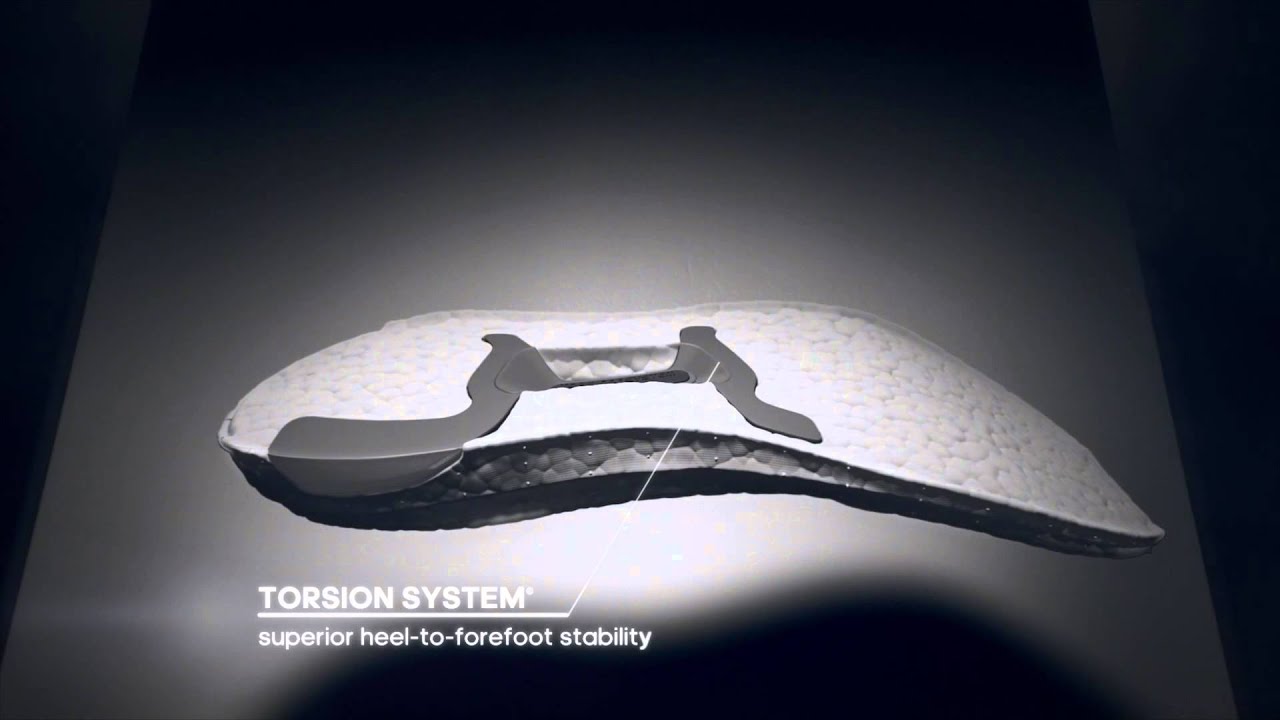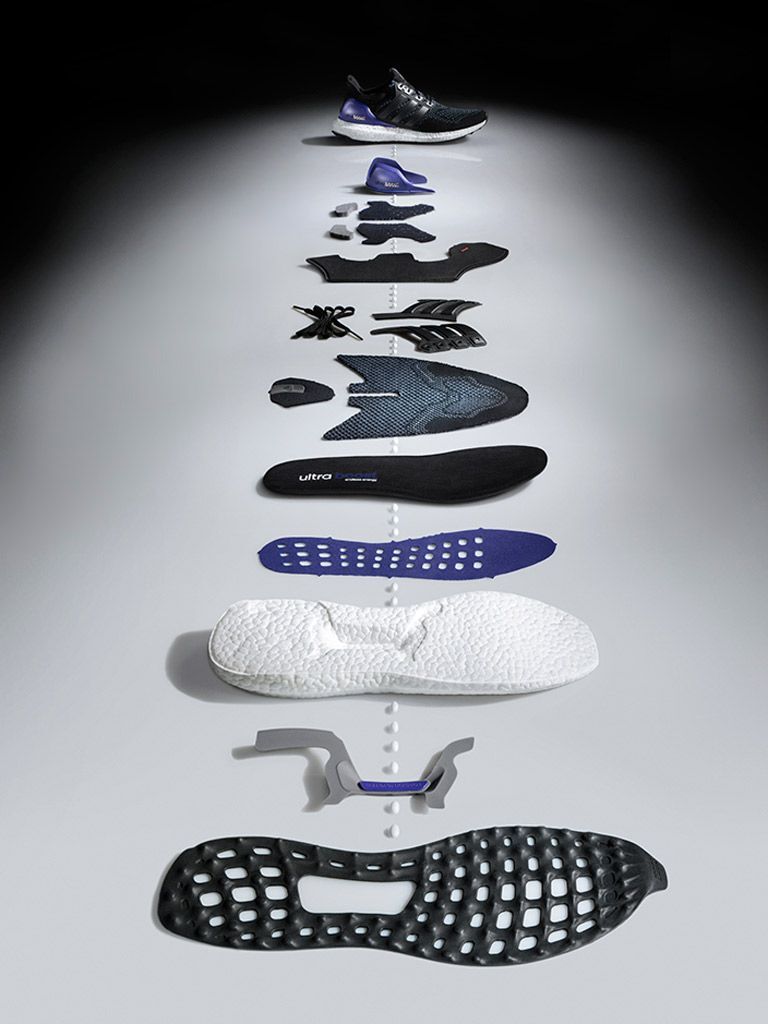Adidas Ultraboost
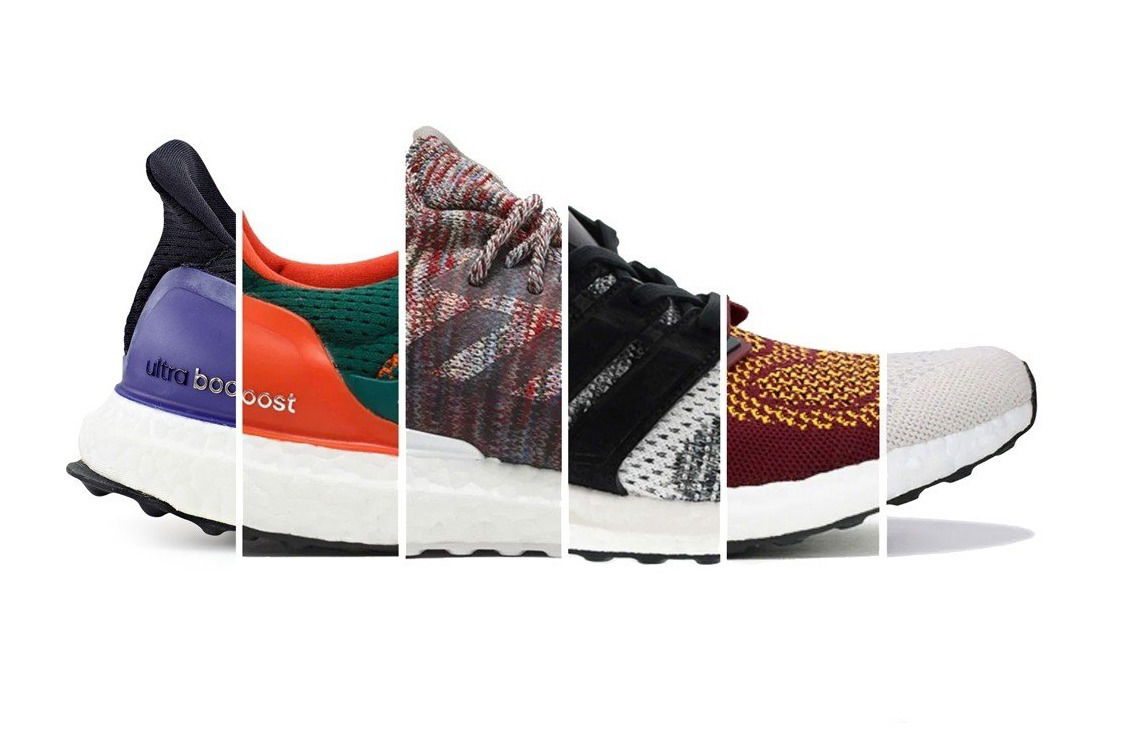
When adidas unveiled the Ultra Boost in 2015, they claimed it was “The Greatest Running Shoe Ever”. Even with adidas’ impressive history of producing world-class athletic footwear, this was a lofty statement to make. But the brand knew that the sneaker they had created far exceeded running kicks’ standards. What they didn’t know was that its impact would reach far beyond that, spilling over into the fashion world and transforming sneaker culture.
IT ALL STARTED WITH BOOST
Boost technology is often heralded as one of the most game-changing innovations to ever hit the sneaker market. It was designed not for sneakerheads, but was first and foremost as a footwear technology for athletes — both professional and amateur. It offered unprecedented levels of comfort and promised 20% more energy return than standard EVA rubber, setting an entirely new benchmark for how a pinnacle performance sneaker could feel and perform. Comprised of hundreds of welded together white “energy capsules”, it was instantly recognizable, which only added to its street cred.
Debuting on the Energy Boost in 2013, the revolutionary cushioning material was lauded by runners for its superior performance and made headlines when Dennis Kimetto crossed the finish line at 2014’s Berlin marathon in world-record time wearing a pair of adiZero Adios BOOST. Its reach, however, didn’t extend much beyond running community.
Meanwhile, adidas’ designers continued to experiment with the possibilities of this new tech, spurred on by the desire to outdo themselves. “We knew we had to create an upper that could enhance the underfoot feeling to create a holistic, exciting comfort experience,” explains Matthias Amm, adidas Running’s product director. “Our Futures team started to work on enhancing this concept with more Boost, a better transition, and an amazing, superior fit on the upper.
”In 2015, the Ultra Boost was born. Its design was the perfect synthesis of innovation and style—it looked damn good, it felt as great as it looked, and, for anyone that actually ran in it, it performed better than any running shoe on the market at the time. The Ultra Boost was assuredly ahead of the curve, causing a revolution in running that, unlike with its predecessors, managed to infiltrate the fashion world too.
A TECHNOLOGICAL TIPPING POINT
The Ultra Boost brought together three of adidas’ pinnacle technologies— Primeknit, Boost, and Torsion. Although they’d all previously appeared on other models, this was the first time adidas had integrated its most advanced upper technology with a cutting-edge Boost midsole, supportive Torsion bar, and hardwearing Continental rubber outsole.Every element of the sneaker oozed innovation, but its design was still extremely wearable. Unlike standard performance kicks, its slightly chunkier sole, snug knitted upper, and TPU heel frame and lacing cage set it apart from anything that was on the market at the time; it single-handedly set a new benchmark for how a running shoe could perform, feel, and look.
Primeknit
Primeknit first appeared on the adiZero at the 2012 Olympic Games. Three years in the making, it used a cutting-edge engineering technology to knit, rather than stitch, the upper, making it seamless, lightweight, fitted to the foot, and produced with minimal waste.
Boost Midsole
The material used to make Boost wasn’t actually invented by adidas, but by the world’s largest chemical producer, BASF. Blown away by its impressive energy returning property, adidas licensed the technology and created the first sole using Boost in 2013.
Heel Frame
Constructed for performance purposes, the heel frame guaranteed runners a snug and secure fit around the heel. With its instantly recognizable purple shade and printed black and silver “ultraboost” lettering, the heel frame became one of the sneaker’s most iconic components.
Torsion Bar
First introduced in 1988, the Torsion bar is an essential element of any adidas running shoe. Made of a supple thermoplastic material, it sits under the arch of the foot and supports its natural motion by allowing the fore- and rearfoot to move i
BUILT TO PERFORM
The Ultra Boost was the result of some serious out-of-the-box thinking, many years of research, and countless rounds of testing on the track and in the lab. “The design process was like training a world-class athlete. Talent is nothing without hard work, practice, failure, and learning,” says Amm. “We saw amazing potential in the Boost compound and the new upper concepts, but we had to learn how to use them to maximize their potential.”
“We failed with some prototypes, but with each failure, we learned something new, and it helped us to create the very best version of the adidas Ultra Boost.”
Moritz Hoellmueller, design director adidas running.
In addition to design challenges, adidas’ team faced production restrictions as there was only one factory able to produce Boost at the beginning and some ambitious internal plans to use the cushioning tech across several performance categories. adidas was therefore forced to allocate quantities and stagger production, which unintentionally worked in the brand’s favor, inadvertently stoking hype as sneakerheads became desperate to get their hands on a pair – each drop easily sold out fast.
design director adidas running
BIGGER THAN BOOST
Although clearly a technical running sneaker, the Ultra Boost had more lifestyle appeal thanks to its slick silhouette, toned down colorway (unlike the neons and brights typical of performance kicks at the time), not to mention the fact that it was extremely comfortable. As such, it was quickly picked up by retailers and sneaker fans outside of the running domain, causing a cultural impact that permeated fashion, wellness culture, and, through the well-timed collaboration with Parley for the Oceans, sustainability.
 Despite the controversy surrounding Kanye West’s heavily-censored Billboard Music Awards performance in 2015 and the fact that you could hardly see him for the over-enthusiastic use of pyrotechnics and smoke machines, sneakerheads all eyed the triple-white Ultra Boosts on West’s feet. Unsurprisingly, the all-white kicks sold out immediately, officially cementing the Ultra Boost in the music and fashion worlds.
Despite the controversy surrounding Kanye West’s heavily-censored Billboard Music Awards performance in 2015 and the fact that you could hardly see him for the over-enthusiastic use of pyrotechnics and smoke machines, sneakerheads all eyed the triple-white Ultra Boosts on West’s feet. Unsurprisingly, the all-white kicks sold out immediately, officially cementing the Ultra Boost in the music and fashion worlds.
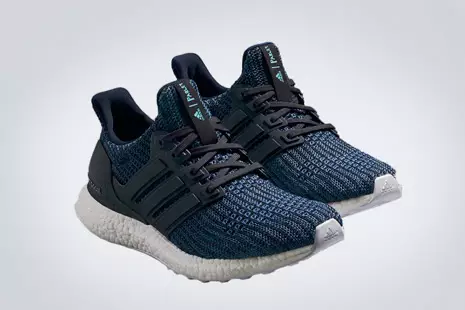
A year after announcing their partnership and unveiling a much-hyped concept shoe, adidas’ first pack with Parley for the Oceans to hit general retail included an Ultra Boost featuring Primeknit uppers woven from reclaimed and recycled ocean plastic.
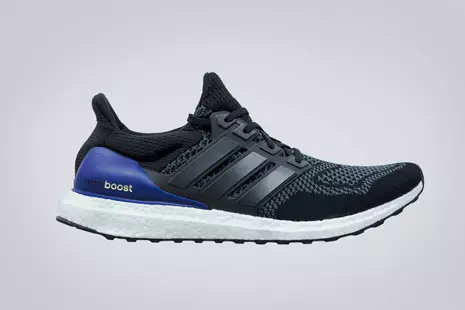
The Ultra Boost was pivotal in propelling the wellness trend emerging at the time into the instagram obsession it became. Appealing to style and fitness enthusiasts and pros alike, it was the perfect sneaker for running, jumping, dancing, or parkour-ing whenever and wherever you liked.
“We designed the adidas Ultra Boost to be the best running shoe ever, but at the same time, we designed it to be culturally relevant – the best innovation is nothing without cultural relevance.”
Matthias Amm,
adidas Running’s product director.
BOOST EVOLVED
Over the past four years, the Ultra Boost has been refined, tweaked, and optimized to continuously deliver the best running experience and bring a fresh look to the franchise. This exploration has led to four generations of Ultra Boosts, as well as a mid-cut, a women’s specific silhouette, a weather-beating “clima” iteration, and a host of collaborations including kolor, a kind of guise, and Stella McCartney. Of all these iterations, the most impactful—aesthetically, technically, and culturally—were the triple black and the uncaged.

It took longer than expected for adidas to release an Ultra Boost with a sole in any other color than white, especially as enthusiasts of the cushioning tech had been taking markers to the pearly white midsoles for a while. But, adding color to it presented a series of new challenges as the material’s ability to expand and contract meant that the paint was prone to cracking. In 2016, the first colored Boost hit stores via a trio of tonal uncaged kicks, followed by the long-awaited triple black Ultra Boost.
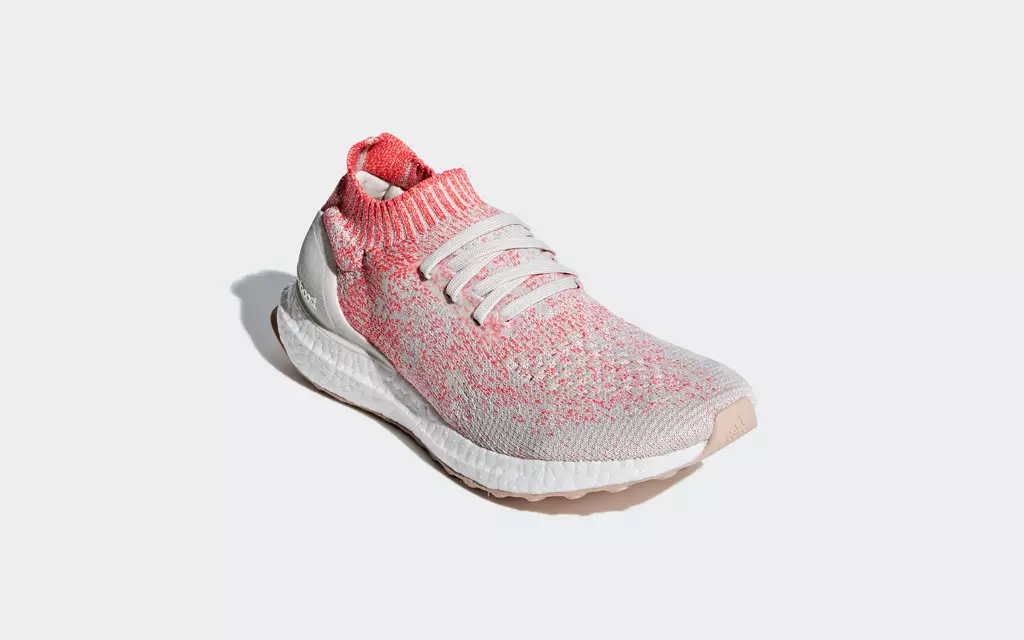
Noticing the increasing number of sneakerheads taking the DIY ethos one step further and cutting the TPU lacing cage off their Ultra Boosts, adidas’ designers were inspired and quick to respond with a new, cage-less version. The Ultra Boost Uncaged appealed to runners and non-runners alike thanks to its cleaner look and improved fit. The first inline pack, which comprised six colorways, became adidas’ fastest-selling performance shoe ever in the US at the time, with more than 11,000 pairs purchased within the first hour of dropping and selling out within a day.
THE NEXT CHAPTER
In its short life so far, the Ultra Boost has made more of an impact in fashion, sport, and culture than most sneakers do in a lifetime. But its journey is far from over. Promising “The Best Running Shoe Ever,” adidas’ design team have their work cut out and we can tell you that the brand with The Three Stripes has big plans in the works for 2019. It’s a hefty legacy to uphold, but with Ultra Boost as adidas’ vehicle for pinnacle performance technologies to drive running forward, our hopes are high.“
We found out quickly that running is changing faster than ever before, so we needed to question everything about the shoe, forget everything we knew about running, and start from the beginning,” explains Amm.
Read more here adidas Ultra Boost 19,20 and 21
